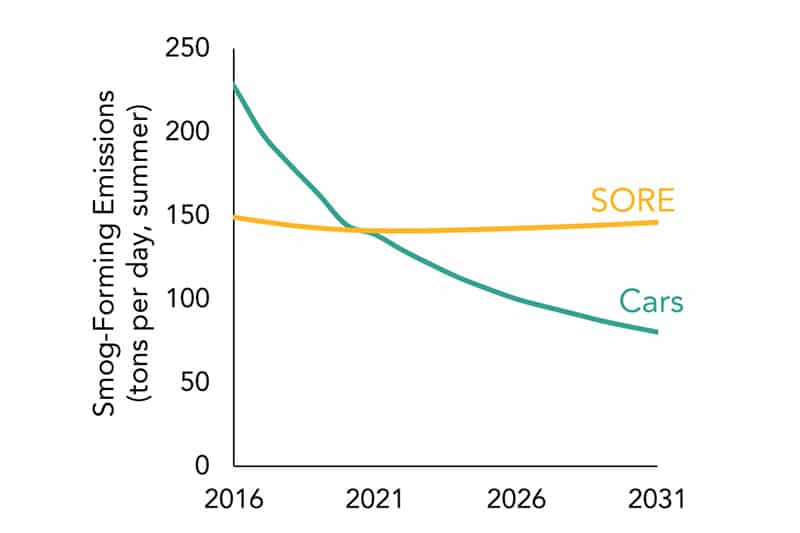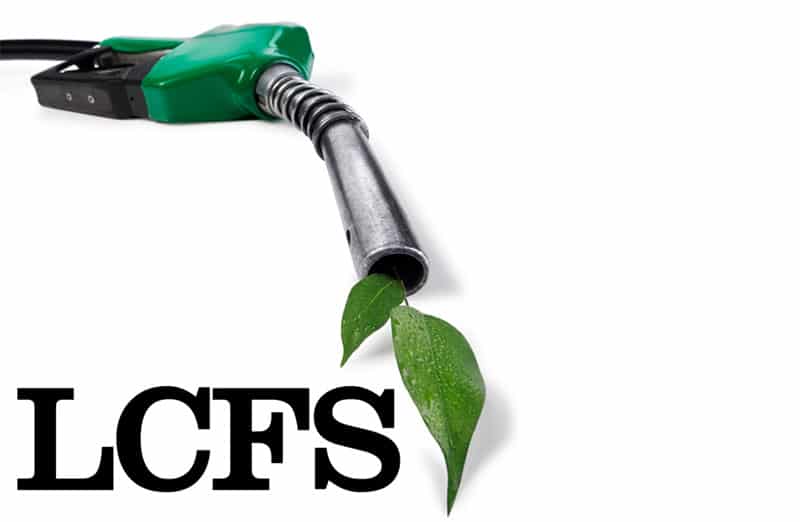There are a few different options for spark ignited (SI) stationary engine compliance in accordance to 40 CFR Part 60 subpart JJJJ. The following options are mandatory for engine manufacturer certification:
(a) All engines below 19kW
(b) Gasoline engines between 19 kW and 100 kW
(c) LPG rich burn engines between 19 kW and 130 kW
The following options are subject to voluntary certification by the engine manufacturer or site certification by the owner / operator:
(d) NG engines and lean burn LPG engines above 19 kW and below 75 kW
(e) NG rich burn, NG lean burn, and LPG lean burn engines above 75kW
In our experience, engines which require site certification by the owner / operator tend not to do well in the USA market. This transfers a lot of compliance burden and expense to the purchaser.
What Are Stationary Internal Combustion Engines?
Stationary Internal Combustion Engines use pistons that alternatively move back and forth to convert pressure into rotating motion. They’re commonly used at power and manufacturing plants to generate electricity and to power pumps and compressors. They are also used in emergencies to produce electricity and pump water for flood and fire control. The U.S. Environmental Protection Agency (EPA) has recently finalized new air quality regulations that place requirements on owners and operators of a wide variety of stationary engines.
Why Does EPA Regulate Stationary Engines?
Stationary Internal Combustion Engines are common combustion sources that collectively can have a significant impact on air quality and public health. The air toxins emitted from stationary engines include formaldehyde, acrolein, acetaldehyde and methanol. Exposure to these air toxins may produce a wide variety of health difficulties for people including irritation of the eyes, skin and mucous membranes, and central nervous system problems. Engines also emit the conventional air pollutants created when fuel is burned including carbon monoxide (CO), nitrogen oxides (NOx), volatile organic compounds (VOCs), and particulate matter (PM). The health effects of these pollutants include a range of respiratory (breathing) issues, especially asthma among children and seniors.
How Does EPA Regulate Stationary Engines?
EPA air quality requirements for stationary engines differ according to:
- whether the engine is new or existing, and
- whether the engine is located at an area source or major source and whether the engine is a compression ignition or a spark ignition “Spark ignition” engines are further subdivided by power cycle – i.e., two vs. four stroke, and whether the engine is “rich burn” (burning with a higher amount of fuel as compared to air) or “lean burn” (less fuel compared to air) engine.
Several regulations have expanded the number and type of stationary RICE that must comply with federal requirements. These include:
- National Emission Standard for Hazardous Air Pollutants (NESHAP) for Reciprocating Internal Combustion Engines (RICE) – 40 Code of Federal Regulations Part 63, Subpart ZZZZ (“the RICE rule”)
- New Source Performance Standards (NSPS) – Standards of Performance for Stationary Spark Ignition Internal Combustion Engines (40 CFR Part 60 Subpart JJJJ – Scroll to reach the Subpart.) – “the Spark Ignition NSPS rule”
- Standards of Performance for Stationary Compression Ignition Internal Combustion Engines (40 CFR Part 60 Subpart IIII – Scroll to reach the Subpart.) – “the Compression Ignition NSPS rule”
Who do the rules apply to?
The rule Does Not Apply to:
- Motor vehicles, or to non-road engines, which are:
- self-propelled (tractors, bulldozers)
- propelled while performing their function (lawnmowers)
- portable or transportable (has wheels, skids, carrying handles, dolly, trailer or platform). Note: a portable non-road engine becomes stationary if it stays in one location for more than 12 months (or full annual operating period of a seasonal source)
- Existing emergency engines located at residential, institutional, or commercial area sources, used or obligated to be available ≤15 hr/yr for emergency demand response, and not used for local reliability. Engine must meet Subpart ZZZZ emergency engine operational requirements:
- Unlimited use for emergencies (e.g., power outage, fire, flood)
- Emergency engines may operate for 100 hr/yr for any combination of the following:
- maintenance/testing;
- emergency demand response (in situations when a blackout is imminent – either the reliability coordinator has declared an Energy Emergency Alert Level 2 as defined in the North American Reliability Corporation (NERC) Reliability Standard; or there is a deviation of voltage or frequency of 5 percent or greater below standard voltage or frequency);
- 50 hr/yr of the 100 hr/yr allocation can be used for:
- non-emergency situations if no financial arrangement
- local reliability as part of a financial arrangement with another entity if specific criteria met (existing RICE at area sources of HAP only)
- peak shaving until May 3, 2014 (existing RICE at area sources of HAP only) if part of a peak shaving (load management) program with the local distribution system operator and the power is provided only to the facility or to support the local distribution system
The rule Applies to:
- Engines >500 Horsepower (HP) at major source of HAP:
Existing engines if constructed before December 19, 2002
New engines if constructed on or after December 19, 2002
Reconstructed engines if reconstruction began on or after December 19, 2002
- Engines ≤500 HP located at major source of HAP and engines of all horsepower located at an area source of HAP:
Existing engines if constructed before June 12, 2006
New engines if constructed on or after June 12, 2006
Reconstructed engines if reconstruction began on or after June 12, 2006


